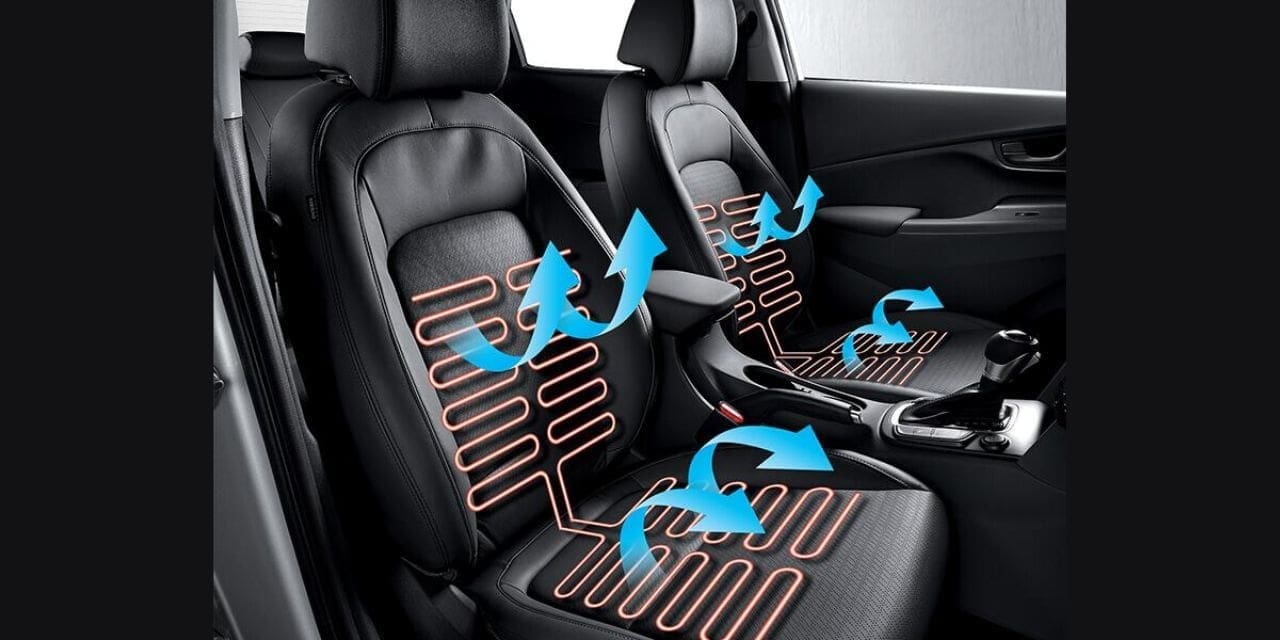The auto-ventilated seats market size is projected to be valued at US$ 8.5 billion in 2023 and is expected to rise to US$ 18.4 billion by 2033. The sales of the auto-ventilated seats market are expected to grow at a significant CAGR of 8.0% during the forecast period.
The auto-ventilated seats market has witnessed significant growth in recent years, driven by the increasing demand for enhanced comfort and driving experiences in automobiles. Auto-ventilated seats, equipped with built-in ventilation systems, provide a higher level of comfort by regulating airflow and temperature, ensuring a pleasant seating environment for passengers.
The rising consumer preference for premium and luxury vehicles has created a demand for advanced comfort features, including ventilated seats. These seats offer improved air circulation, reducing discomfort caused by hot weather or extended periods of sitting.
The adoption of powered seats in mid-segment cars and SUVs has further contributed to the market’s growth. Auto-ventilated seats are increasingly becoming a standard or optional feature in mid-range vehicles, enhancing their appeal and competitiveness in the market.
Additionally, the aftermarket segment has played a significant role in the expansion of the auto-ventilated seats market. Consumers are increasingly seeking aftermarket solutions to upgrade their existing vehicles with ventilated seats, as retrofitting options become more accessible and affordable.
Technological advancements have also been instrumental in driving the auto-ventilated seats market. Manufacturers are incorporating innovative features such as adjustable airflow, intelligent controls, and customizable settings to enhance the overall comfort and convenience of auto-ventilated seats. Integration with vehicle climate control systems further optimizes the functionality of these seats.
Axial fans dominate the auto-ventilated seats market with a market share of more than 31.2%. These fans play a vital role in ensuring effective airflow and ventilation within the seats, maintaining a comfortable seating experience. They draw air from the surrounding environment and direct it towards the seat surface, facilitating proper circulation and cooling.
The mid-size car segment holds a significant value share of 26.7% in the market, driven by the growing demand for auto-ventilated seats in mid-size car models.
The United States commands a prominent share of 15.1% in the market, benefiting from a strong automotive industry and consumer demand for comfort features.
Germany contributes an 11.2% value share in the European market, driven by consumer preferences for advanced comfort features and Germany’s automotive prowess.
China, one of the lucrative markets, is expected to witness a growth trajectory of 9.0%, driven by its significant automobile production and exports. The global demand for auto-ventilated seats is influenced by factors such as the global economy and environmental regulations impacting vehicle exports from China.
Recent Development
- General Motors said in November 2022 that automobiles affected by the recent withdrawal of heated and ventilated seats due to a semiconductor shortage will be eligible for a refit process the following year.
- Tata Harrier’s new top models without ventilated seats with connected car technologies will be offered in May 2022. The new variations will slot immediately below the top-spec XZ+ versions and the Harrier SUV’s Kaziranga Edition. The driver seat now offers six-way power adjustment as well as lumbar support that may be adjusted. However. Tata has not included items such as ventilated seats and iRA-linked car technologies in the latest Harrier versions.

